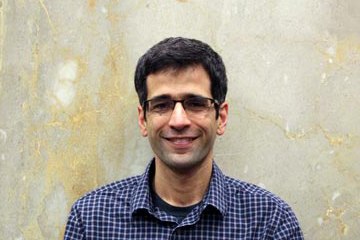Childhood health and the changing distribution of foreign aid: Evidence from Nigeria's transition to lower-middle-income status
Date Published
Nov 4, 2020
Authors
Carrie B. Dolan, McKinley Saunders, Ariel BenYishay
Publisher
PLOS One
Citation
Dolan CB, Saunders M, BenYishay A (2020) Childhood health and the changing distribution of foreign aid: Evidence from Nigeria's transition to lower-middle-income status. PLoS ONE 15(11): e0241866. https://doi.org/10.1371/journal.pone.0241866
Abstract
With sustained economic growth in many parts of the developing world, an increasing number of countries are transitioning away from the most subsidized development finance as they exceed income and other qualification requirements. Cross-country evidence suggests that Development Assistance Committee (DAC) donors view the crossing over of the World Bank's International Development Association (IDA) eligibility threshold to signal that a country needs less aid, with subsequent reductions in both IDA and other donors' concessional funding. Within the health sector, it is particularly important to understand the implications of these status changes for children under five years of age since improving early childhood health is critical to fostering health and social and economic development. Therefore, we examine the implications of the IDA transition by measuring the extent t which World Bank commitments—including both IDA and IBRD—are directed to infant and child health needs in Nigeria. Ordinary Least Squares (OLS) models were used in a difference-in-differences (DID) strategy to compare World Bank IBRD/IDA lending before and after the crossover to regions with varying initial levels of under-five and infant need. We find that the infant need orientation of World Bank aid has increased post-crossover. Conversely, alignment of World Bank commitments to regional child needs appears to have diminished after Nigeria crosses the IDA threshold. However, these effects are statistically insignificant and therefore provides inconclusive evidence. This research addresses an important policy question because the transition away from concessional funding mechanisms will result in difficult tradeoffs in allocating limited health resources; without providing conclusive evidence that crossover results in changes in need-based allocation, it does offer an essential path for future research. These results are directly relevant to policy debates about what we know and do not know about aid in transition and health. This research's value is especially important in the Sustainable Development Goal (SDG) era in understanding how donor exits could derail progress in health improvement.
Related Publications
Featured Authors
Carrie Dolan
Assistant Professor of Kinesiology and Health Sciences at the College of William & Mary


